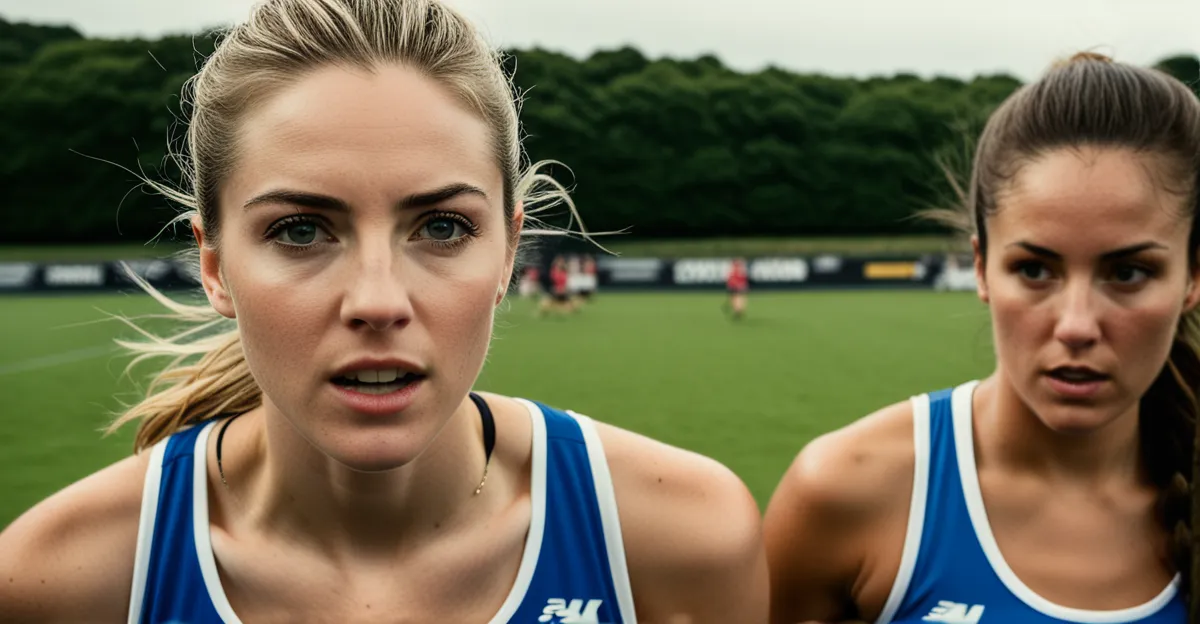Overview of Key Barriers for UK Female Athletes
The landscape for UK female athletes remains fraught with multiple, persistent challenges that affect their participation and success. Key barriers include systemic inequalities that span both the elite and grassroots levels. Across various sports, women face restricted access to quality facilities, coaching, and development pathways, which limits talent growth and competitive potential.
Recent studies highlight ongoing disparities in funding and resource allocation, often favoring men’s programs. This affects grassroots clubs as well as professional teams, amplifying obstacles for aspiring female athletes. Social factors such as limited media representation and sponsorship opportunities compound these difficulties, reinforcing stereotypes and curbing visibility.
Have you seen this : What Are the Health Benefits of Participating in UK Community Sports?
At the elite level, women encounter challenges in leadership opportunities within sports organizations, affecting decision-making that could benefit female athletes. Moreover, discrimination and harassment issues persist, contributing to an environment that can hamper both wellbeing and performance.
Understanding the current issues in women’s athletics UK requires recognizing how these interconnected barriers collectively restrict advancement. Tackling these challenges is essential to foster a more equitable sporting environment that supports female athletes at every stage.
Additional reading : What Makes the UK an Unrivaled Destination for Sports Enthusiasts?
Gender Inequality and Pay Disparity in UK Women’s Sports
Gender inequality UK sports is a major challenge that continues to hinder UK female athletes. A significant barrier lies in the persistent pay gap women athletes UK face compared to their male counterparts, even in popular sports like football and cricket. Elite female athletes often earn substantially less due to unequal prize money, sponsorships, and salaries. This pay gap women athletes UK links closely to unequal funding and resource allocation, which affects everything from training facilities to competition exposure.
Leadership roles in sports organisations also reflect gender inequality UK sports. Women remain underrepresented in decision-making positions, limiting their influence on policies that could promote fairness and inclusivity. Without adequate representation, barriers in UK women’s sports persist unchallenged.
Recent data reveal that despite growing visibility of women’s sports, structural disparities in pay and leadership remain deeply rooted. Addressing these issues requires comprehensive approaches embracing funding equity and expanding leadership opportunities for women, which would ultimately enhance support for UK female athletes facing these systemic challenges.




